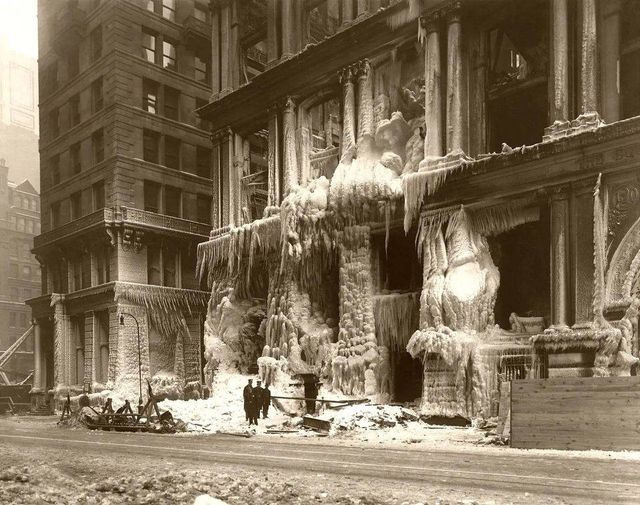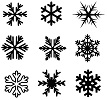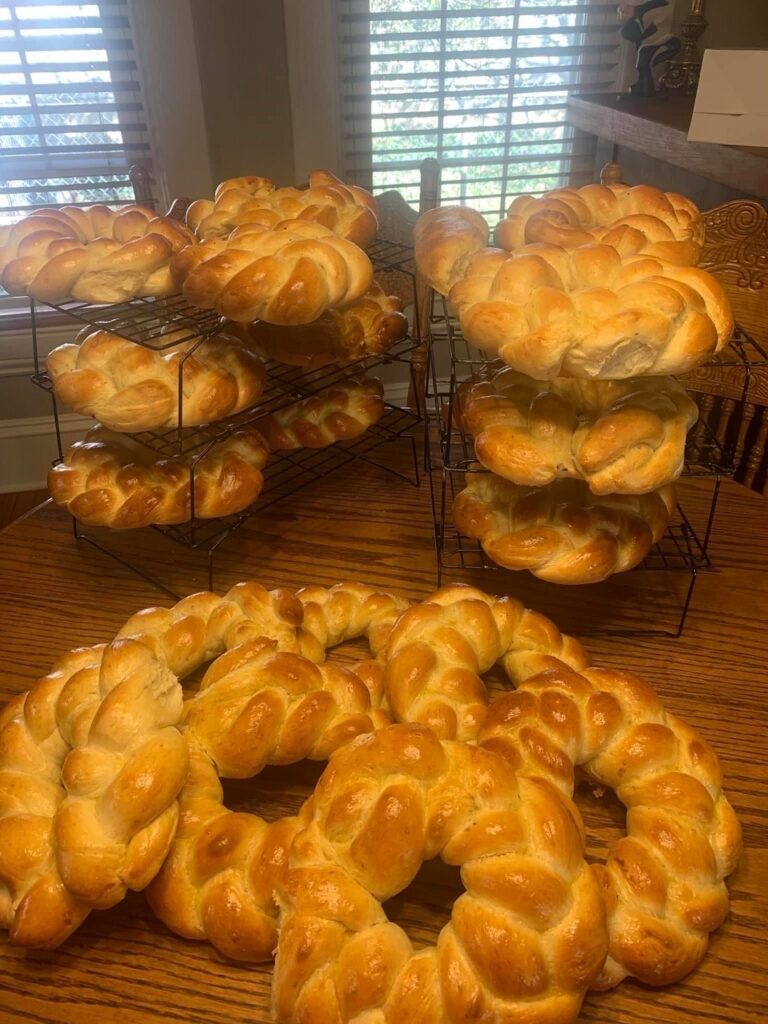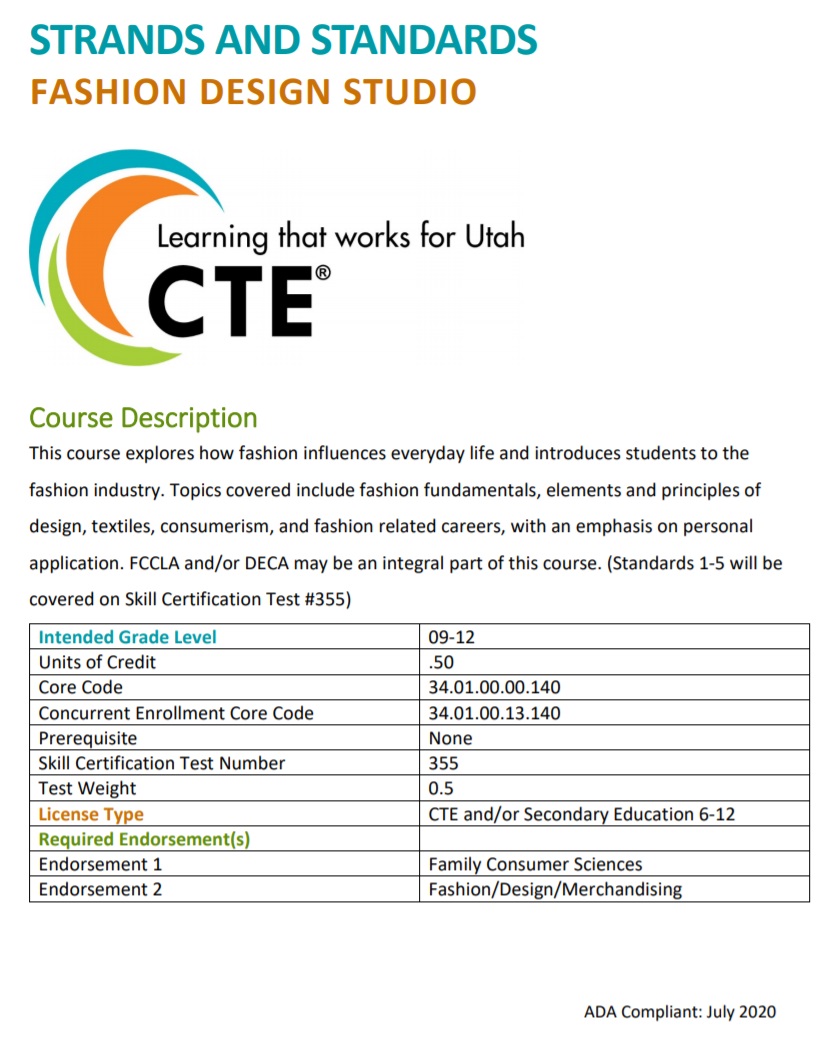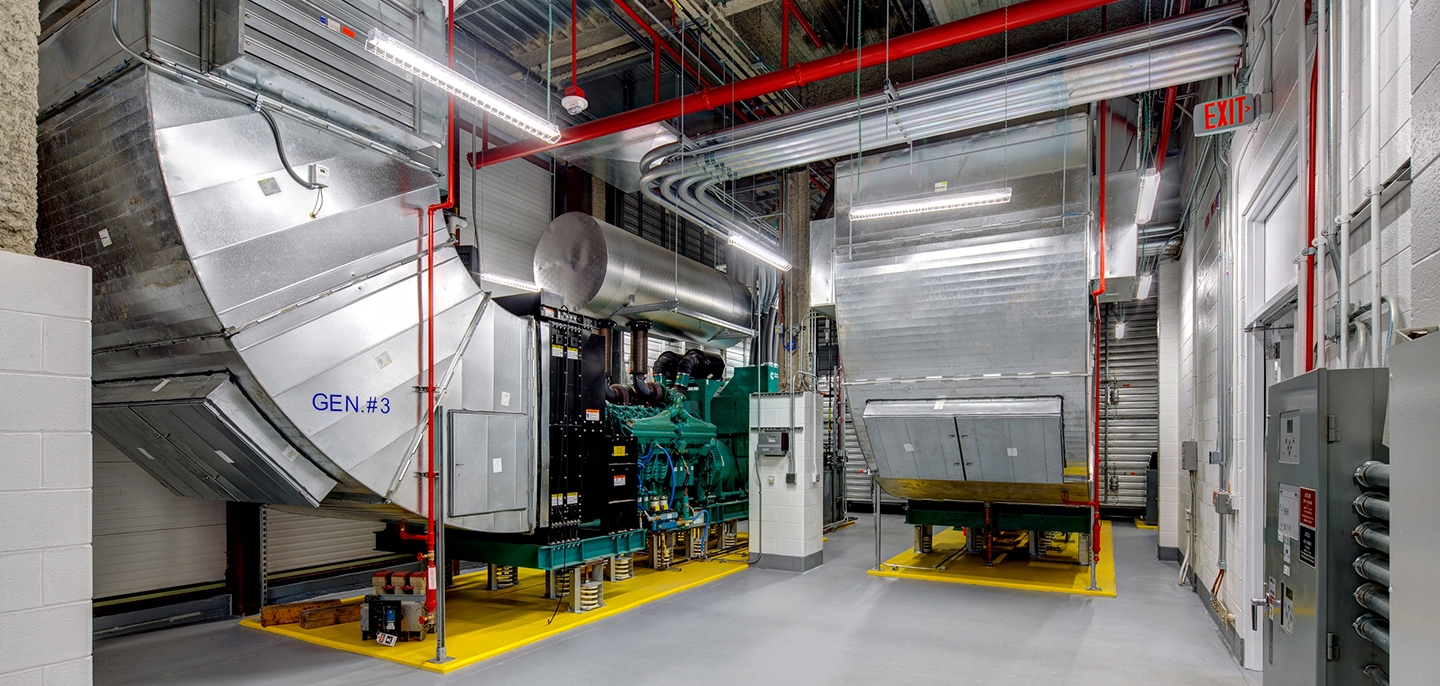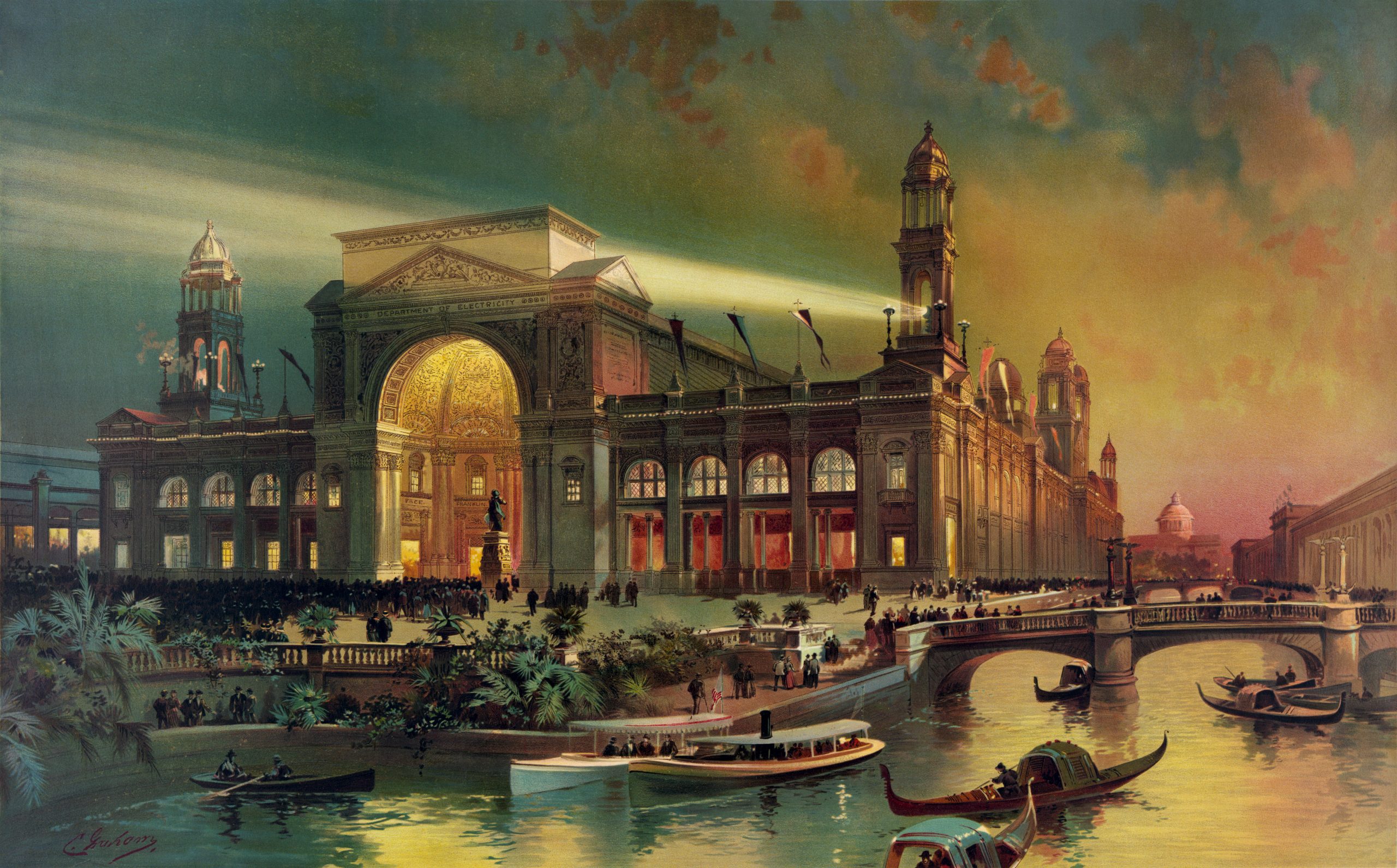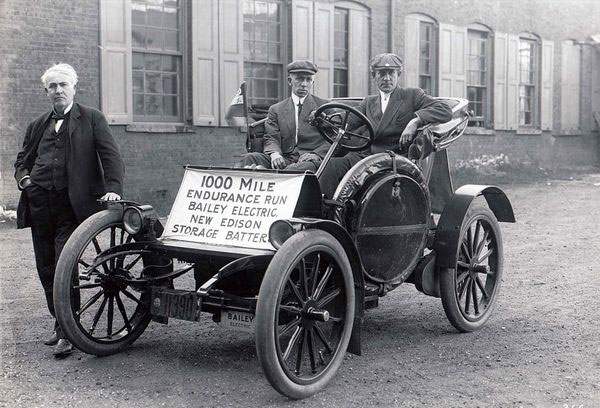NFPA 1 Chapter 18 – Fire Department Access and Water Supply
Public Input on the 2027 Edition closes June 4, 2025
The parent title in the NFPA catalog — NFPA 1 — sets standards for fire lanes by addressing them within various chapters and sections; depending on the specific aspects of fire protection, access, and safety they pertain to. Here are some of the key sections and chapters in NFPA 1 that may include relevant information regarding fire lanes:
- Chapter 18: New High-Rise Buildings: This chapter may include requirements related to access for firefighting operations, which could encompass provisions for fire lanes.
- Chapter 20: New Educational and Day-Care Occupancies: Requirements related to access for emergency responders in educational facilities, including provisions for fire lanes, may be addressed in this chapter.
- Chapter 22: Existing Educational and Day-Care Occupancies: Similar to Chapter 20, this chapter may contain provisions for existing educational facilities regarding fire protection and access.
- Chapter 24: New Residential Board and Care Occupancies: Requirements for access and fire protection in residential board and care occupancies, including provisions for fire lanes, may be found in this chapter.
- Chapter 30: New Mercantile Occupancies: This chapter may include provisions related to access and fire protection in mercantile occupancies, which could involve requirements for fire lanes.
- Chapter 32: Existing Mercantile Occupancies: Similar to Chapter 30, this chapter may address requirements for existing mercantile occupancies, including provisions for fire lanes.
Since NFPA 1 covers a wide range of fire safety topics, including building design, fire protection systems, and emergency procedures, specific requirements related to fire lanes may be distributed throughout the document rather than consolidated in a single section. It’s important to carefully review the relevant chapters and sections of NFPA 1 to ensure compliance with applicable requirements for fire lane design, construction, and maintenance.
Best practice for determining snow zones, as the criteria for designating these zones can vary depending on factors such as geography, climate, population density, infrastructure, and available resources. However, municipalities typically develop their own criteria and guidelines based on these factors to create effective snow removal plans.
Common principles and factors that many municipalities consider when determining snow zones, as mentioned in the previous response. These include weather patterns, topography, traffic volume and patterns, residential density, critical infrastructure, public safety considerations, and feedback from residents and stakeholders.
Some municipalities may also adopt best practices and recommendations from organizations such as the American Public Works Association (APWA) or the National Association of City Transportation Officials (NACTO) to inform their snow removal planning processes. These organizations may offer guidance on snow zone designations, prioritization of routes, and effective snow removal techniques based on industry standards and research.
Ultimately snow zones respond to the specific needs and characteristics of each municipality, with the goal of efficiently managing winter weather events to ensure public safety and mobility.



